Andrew Zaloumis is the founder and CEO of the national park with the largest coastline in Africa, the iSimangaliso Wetland Park in South Africa. 220 kilometres of untouched natural coast, but also mountains and wetlands – five major ecosystems belong to the park, which was declared a UNESCO World Heritage Site in 1999. KfW Stiftung awarded Zaloumis the KfW-Bernhard-Grzimek-Preis 2017.
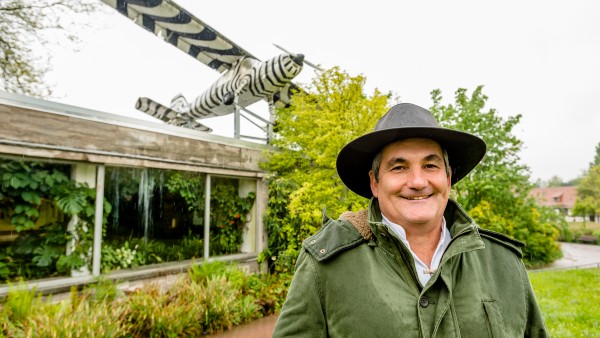
Award Winner
Andrew Zaloumis is founder and CEO of the iSimangaliso Wetland Park.
How does one found a national park?
ANDREW ZALOUMIS: By understanding South Africa’s need to both conserve a global wonder and ensure that it contributes to the economic upliftment of South Africa’s second poorest region where 80 percent of people live below the poverty line. It also helps to have a visionary President like Nelson Mandela who saw that South Africa’s natural wonder needs to be protected for all.
The world heritage listing and the drafting of national world heritage legislation made the consolidation of the iSimangaliso Park possible. The world heritage act refers to environment as well as to development. These two issues are not seen as contradictory. The universal values defined in the World Heritage Convention Act allow it to promote regional and economic development as well as nature conservation. It strives for a balance between these two aims. Balance in this context does not necessarily mean equal. Finding this remains a crucial challenge.
How could you achieve the economic turnaround of the Park?
The region was one of the poorest in South Africa. During apartheid people were displaced for conservation, commercial plantations and military missile testing. We had to rebuild and restore the ecology of the Park and ensure that there is restitution and benefits for the local communities that the apartheid government had removed. Our strategy was to restore nature and at the same time ensure that there is both material and spiritual restitution for the local communities effected in the apartheid era. In the face of global warming and tightening economies this inclusive approach to conservation increases the resilience of the Park and resilience of the 640,000 people who live around it.
Read more under the image gallery.
On 3 May 2017 KfW Stiftung presented the biodiversity award KfW-Bernhard-Grzimek-Preis for the third time.
Prof. Bernhard Grzimek
Environmental activist Prof. Bernhard Grzimek (1909-1987) was director of the Frankfurt Zoo and long-time president of the Frankfurt Zoological Society. The documentary film ”Serengeti shall not die“ by Bernhard Grzimek and his son Michael was awarded international prizes.
In which way did you resolve the challenge?
As a new organization we were able to structure on business lines so that we could focus on strategy and drive implementation. Many of the services are outsourced to private sector and public sector agencies who specialize in these. This allows us to make mandatory the participation of local communities in these services.
Over 80 percent of our expenditure goes to service providers and companies accredited with black economic empowerment (BEE). We also realized that we would have to support this process so we introduced an entrepreneurship programme. This programme included not only training but also the provision of seed capital for these businesses. Now we pay small local contractors to build fences, to build touristic facilities, clear invasive plants etc. We create 11,000 temporary jobs each year. 8,000 permanent jobs in tourism are supported by the Park. Last year there were 120 small contractors in the Park. Twelve of them are majority black owned. Every lodge in the park has to have a local black community as a shareholder. It isn’t sufficient to simply have a black partner – the partner must be local.
We use public money for public works, like clearing the beach from waste. Most of our programmes are funded through expanded public works which sets wage rates. We try as far as possible to pay above the minimum wages. The situation of many families in the Park is looking better; women in particular. In everything we do we are looking for three aims: ecological conservation, empowerment and tourism.
In regard to land claims when the Park was proclaimed in 2000 it was 100 percent under claim by indigenous communities who had been forcibly removed during apartheid. 72 percent of these claims have been settled. We support claimants becoming land owners but the land remains Park. As our preferred mandatory partners we share eight percent of the Parks gross commercial revenue with them. They are also our preferred partners in the programmes outlined above.
World Natural Heritage
Impressions from a treasure trove of nature (KfW Group/iSimangaliso Wetland Park).
During Apartheid, black people in the region had no education. How do you promote education today?
We invite students to come to know the Park. We have 600 schools in our region. Every year 200 schools send their children to visit us. Even though we do not charge for this and look after the schools once they are in the Park, many of the schools cannot afford the transport cost to get to the Park. Our challenge is to get all 600 schools to the Park each year. We aim for deep empowerment. We are paying for 87 students from the around the Park to attend universities. There pass rate is 83 percent. The average university pass rate in South Africa is 33 percent. Our students are also afforded work-place experience and internships. The first ten of them came back and are part of our junior staff now. As future managers and leaders we promote youth, 40 percent of our staff are youth.
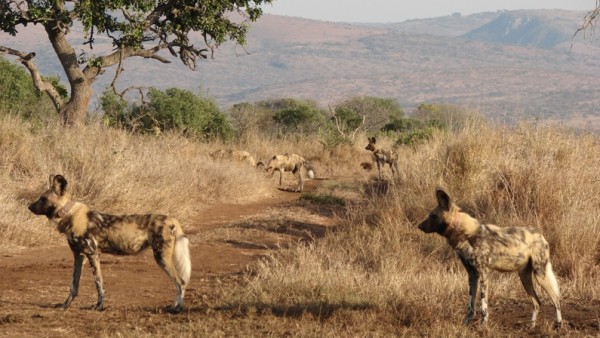
Painted wolf
The endangered African wild dogs were resettled in iSimangaliso Wetland Park. Their scientific name Lycaon pictus means ”painted wolf“. Each animal has its own unique coat pattern.
You re-wilded the African big five in the park.
Yes, that is the more sexy part. We have introduced originally occurring animals that became extinct in the area due to game exterminations and hunting during colonial and apartheid times. This includes buffalos, elephants, giraffes, oribi, tsessebe, lion cheetah, black and white rhino, giraffe to name some. The successful introduction of the african wild dog or painted dogs is a highlight for me. Wild dog are the most endangered carnivore in Africa with less than 450 left in the wild in South Africa. They need very large areas to hunt and disperse. They don’t respect fences. It was very tricky to re-wild them, because after they socialise with each other before sunrise they run for kilometres hunting. We have them on tracking collars so we monitor them. Our first introduction was eight. The alpha female was killed while denning with cubs by a hyena. Four were killed by poachers snares. We doubted to continue and put more at risk, because they are so precious. But we tried again and now we have two packs with around 40 adults roaming within the Park as they did over 100 years ago.
Bernhard Grzimek Award
Climate and environment protection is one of the four areas of activity of KfW Stiftung. With its projects, the foundation aims to heighten public awareness of biodiversity – one of the major social challenges of our time – and to raise attention to the importance of protecting endangered species. The internationally renowned KfW-Bernhard-Grzimek-Preis is awarded every two years to outstanding organisations or leaders who distinguish themselves in their remarkable endeavour to preserve the world's biodiversity with creative and innovative ideas. KfW Stiftung thus honours the lifetime achievement of the long-time director of the Frankfurt zoo and conservationist Professor Bernhard Grzimek, who has rendered exceptional services to the preservation of the planet's natural resources in Germany and around the world.
In 2013, the inaugural prize was awarded to the Frankfurt Zoological Society. The 2015 winners of the second KfW-Bernhard-Grzimek-Preis were Emmanuel de Merode and Pavan Sukhdev.
Learn moreWhat is your next project?
As soon as the rain comes, we will reintroduce the eland (Elen-Antilope). Once done, all the original game species that occurred a 100 years ago and more in iSimangaliso will be back. The eland is a spiritual animal for the bushmen. They migrate seasonally from the mountains to the sea and back. iSimangaliso will be the only place in South Africa where there is a coastal population and they will again be able to migrate from the mountains to the sea as the days before colonial times.
In which way will the KfW-Bernhard-Grzimek-Preis support your work?
It increases the international recognition of our conservation work. That is especially important because developmental pressure is increasing as economies are becoming tighter and policy gets more difficult. The award will strengthen our ability to attract research and support from other countries for our projects.
iSimangaliso in isiZulu means a “miracle” or “wonder. And it truly is! We have over 6,500 species and are still discovering new species previously unknown to mankind every year since iSimangaliso was listed as South Africa’s first world heritage site. This at a time when species because of humans are going extinct at a 1,000 times faster than the natural rate. President Nelson Mandela talked about the natural magnificence of iSimangaliso and grandeur of its elders - a place of global significance that to survive must promote local development. The KfW-Bernhard-Grzimek-Preis will help us fulfil Nelson Mandela’s vision.
Published on KfW Stories: Tuesday, 9 May 2017
The described project contributes to the following United Nationsʼ Sustainable Development Goals
Goal 8: Promote inclusive and sustainable economic growth, employment and decent work for all
The economic growth of the past decades has come at the expense of natural resources and the global climate, and has long since reached ecological limits. If all people were to be given access to the quality of life that people accept as a matter of course in Germany, several planet Earths would be required to sustain it. Sustainable economic development reconciles social, ecological and economic development goals.

All United Nations member states adopted the 2030 Agenda in 2015. At its heart is a list of 17 goals for sustainable development, known as the Sustainable Development Goals (SDGs). Our world should become a place where people are able to live in peace with each other in ways that are ecologically compatible, socially just, and economically effective.

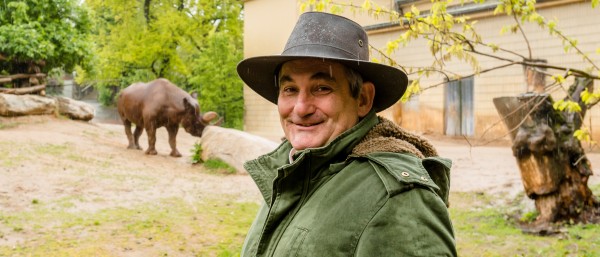
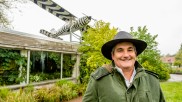
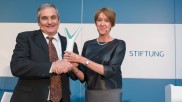
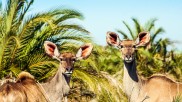
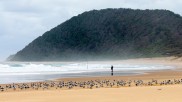
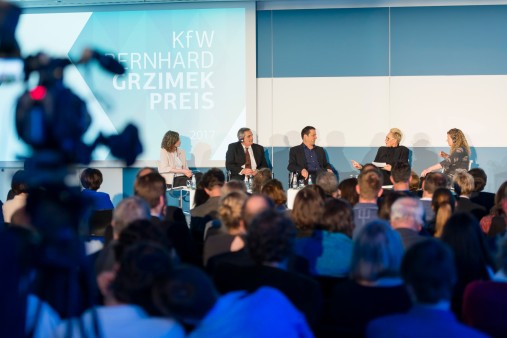
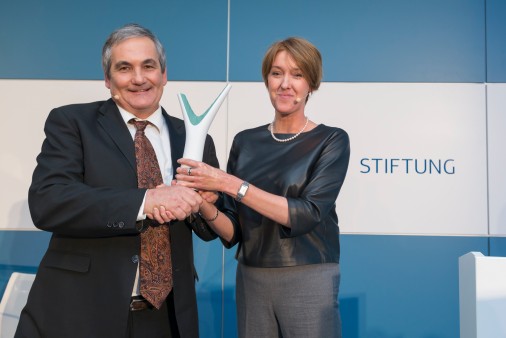
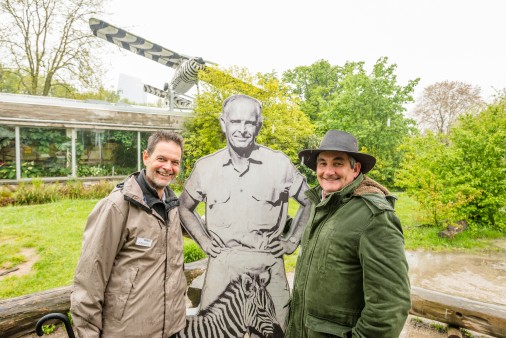
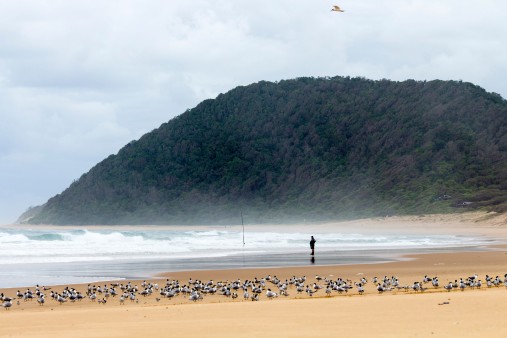
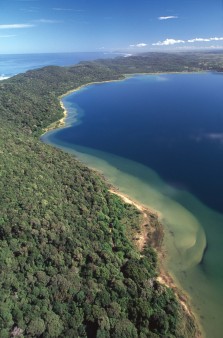
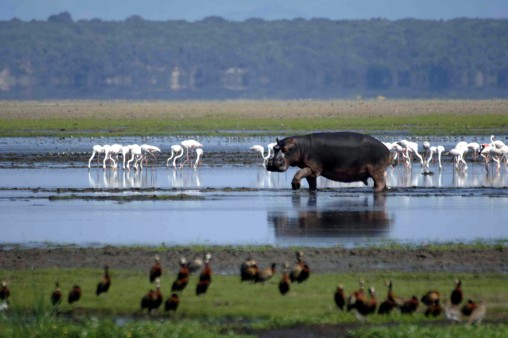
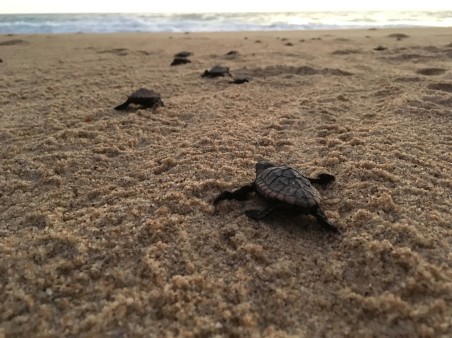
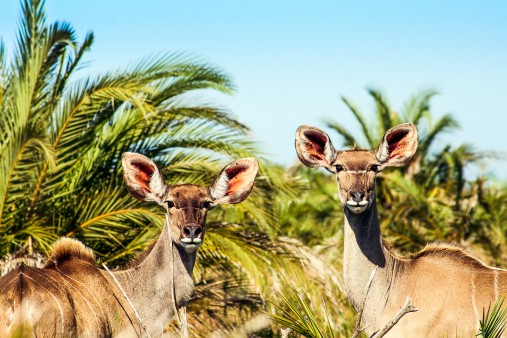








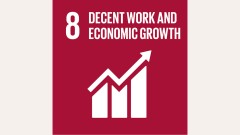
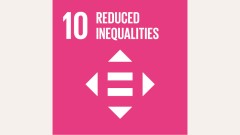
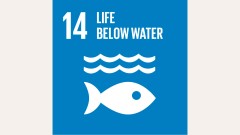
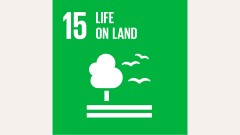
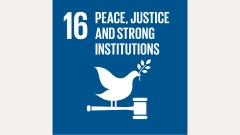

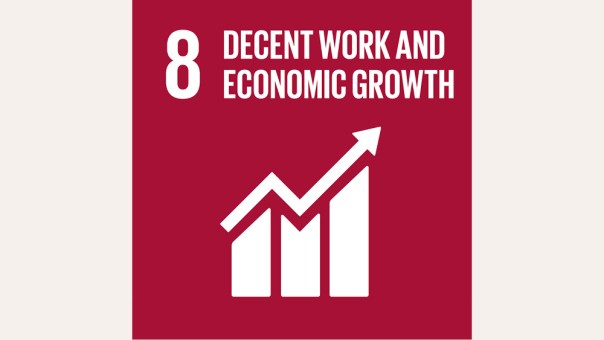
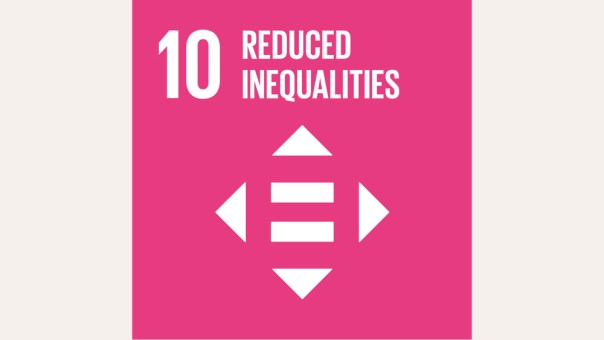
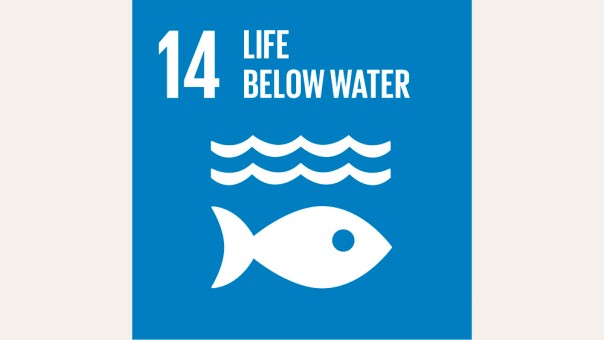
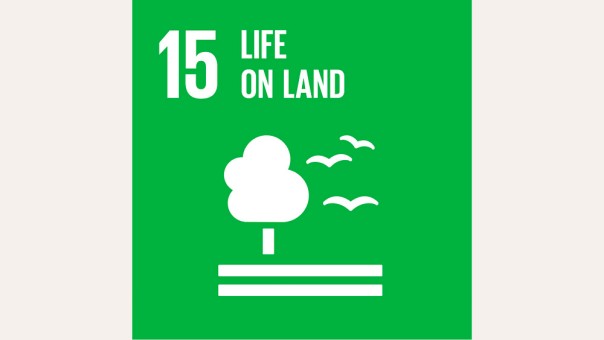
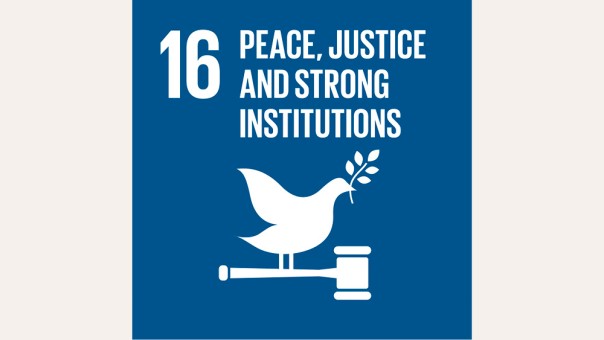

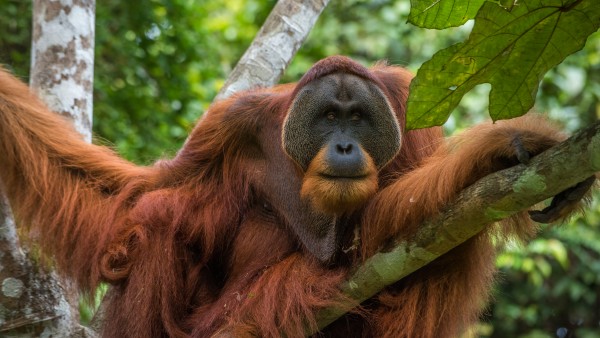
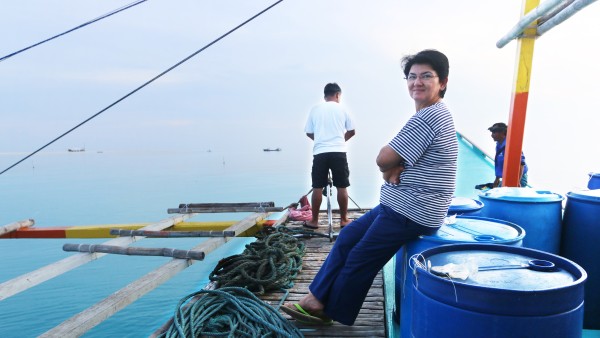
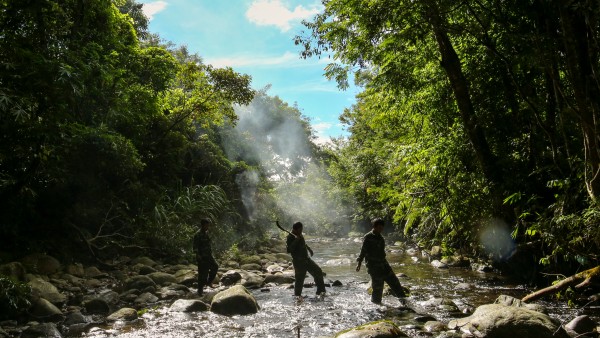
Data protection principles
If you click on one of the following icons, your data will be sent to the corresponding social network.
Privacy information